Looking at the spectrum of Venus allows us to understand the behaviour of the available filters!
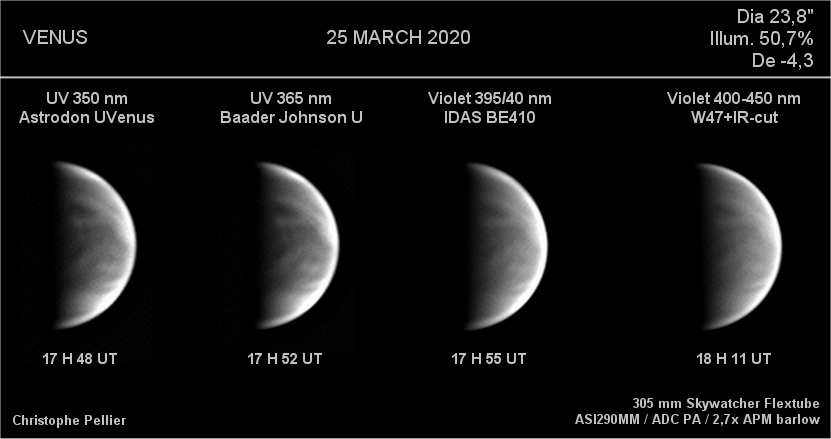
After having discussed the spectrum of Venus, we can now have a closer look at the filters that the amateur can use. We are only going to talk about those who can reveal the upper atmosphere of the planet, with the so-called “UV markings”.
This is a description of the different filters I had when I made this study, with their passband. The passbands are in general made available by the manufacturer, but I have made my own measurements for some of them, by spectroscopy, using the Star Analyzer 100.
The Astrodon UVenus: this one has long been the best UV-pass filter on the market. It combines a well calculated passband with a very high transmission of almost 100%. I have been using it for years with very good results, especially on Jupiter and sometimes Mars.
The Baader Johnson U: this filter matches the specification of the photometric system Johnson/Bessel. Originally designed to measure the temperature of hot stars, the Johnson U band is nicely “mis-used” to image Venus (some of you may remember the good old Sch¨üler filter? It was also a Johnson). It is noticeably less transparent than the Astrodon (peak of around 65%), and the passband is pushed redward, ending near 410 nanometers… and this is going to be critical, as you will read below :). A WARNING: this filter is not that one sold by the Baader company under the name “U-Venus”, wich is similar to the Astrodon, but less transparent.
The IDAS BE410: this is a “violet” filter, whose particularity is that it passes both the UV and the very deep blue. This filter has been thought mainly to image the clouds of Mars. How will it behave on Venus? [a warning again: please read the important note at the end of the article about this filter].
The Wratten 47: today well identified by amateurs, the W47 is also sold as a violet filter, but in reality this is “double passband” filter, because it presents a very large infrared leakage; implying that you can’t use it without an IR-block glass, that will unfortunately (… or not?) block as well most, if not all, of its UV transmission. On the graph, its passband is shown with the influence of my own IR-block filter, which is the former L Astronomik filter.
The Edmund Optics 425/50 nm: this one comes from a special command and is a narrow band deep blue filter, but without any UV transmission.
Finally, for information I add the Astronomik B 2c, which is used by many observer as a wide blue filter to make color images.
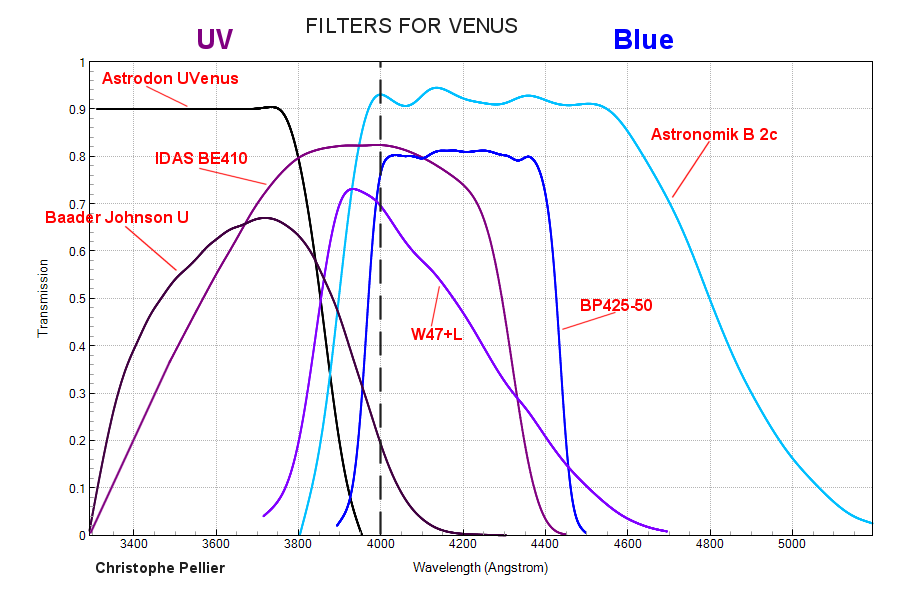
Exposed like that, these results don’t tell us much about the kind of Venus images they will deliver. During the spring of 2020, I have made many tests under good conditions with b&w cameras. Some images can be seen at the beginning of this article, and here are some more:
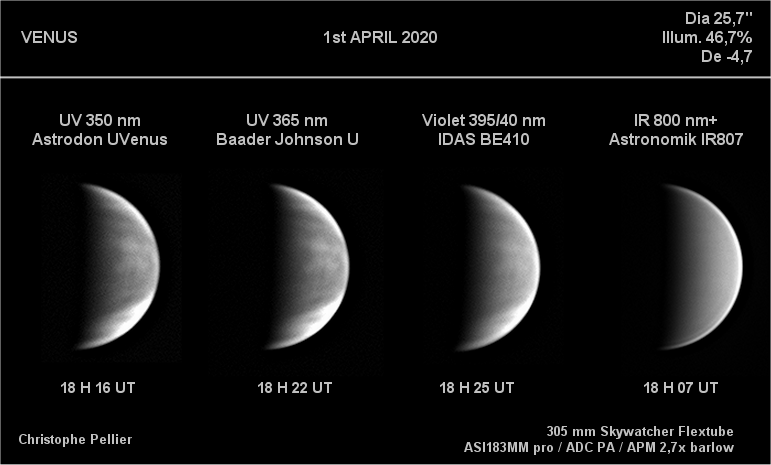
And now here is my analysis:
– As expected, the blue and violet filters give much brighter images. Frame exposure was around 1 ms, against 5 to 10 for the two UV filters (this is still excellent, by the way!). We think first about the higher response in blue light than in UV from the camera. But is this the only answer?
– Much unexpected now, the Baader Johnson U always gave a brighter image than the Astrodon UVenus. The difference was weak: (same exposure, slightly lower gain), but how can a filter that is supposed to lose 35 points of transmission against the other finally outpass it?
– Between the violet and deeep blue filters, the comparison is more subtle. Alternately, the BE410, the W47 and even the BP425 with UV-cutoff gave the best result of that category. However, none really gave a finer image than the UV’s (violet filters are supposed to procure a higher resolution, at the expense of the contrast, on Venus).
This is how spectroscopy is going to help us. Below is the spectrum of the planet, calibrated in wavelengths, but uncorrected for the instrumental and atmospheric transmission. This represents quite correctly the spectrum of Venus “as we see it”, without any filtering (and for an elevation of 35°).
Now this is the same spectrum, but convolved by the passband of all the filters used:
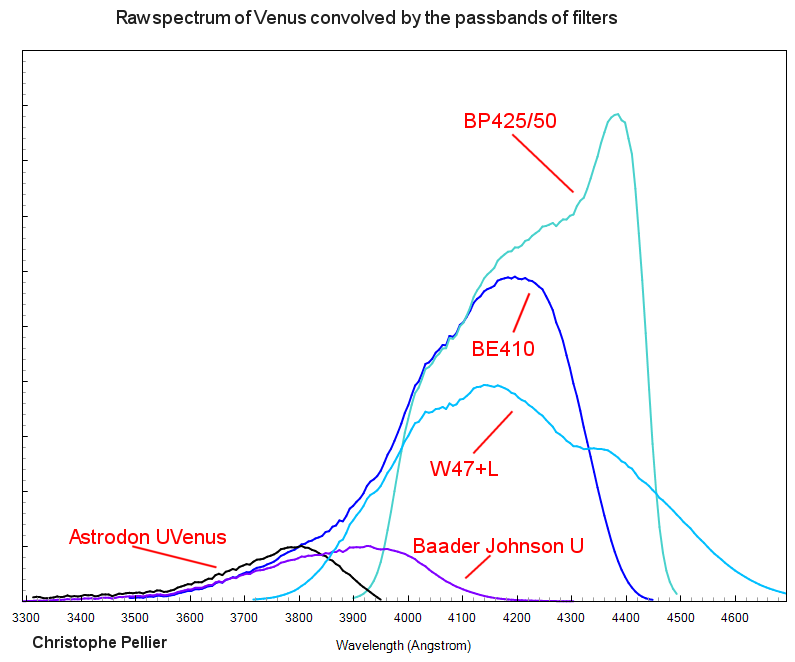
The situation gets clearer:
– Violet and deep blue filters send a brighter image not only because the camera can be more sensitive: but as well, and mainly, because they occupy a part of the planet’s spectrum that shows an important surge in brightness, between 400 and 450 nm (4000 to 4500 A). The UV is, on Venus, caracterized by a quite strong absorption band.
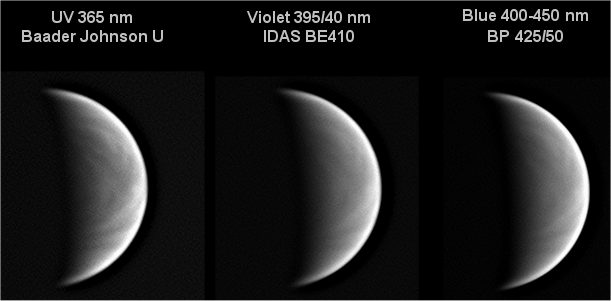
– The reason why the Baader Johnson U equals and even sligthtly outpasses the Astrodon UVenus is entirely due to its “redder” passband; the quantity of light gathered between 380 and 410 nm, where the Astrodon has already shutdowned its transmission, is much more important than between 340 and 380. In the meantime, no loss of contrast is observed on the images.
– And finally, the reason why no real winner can be identified among the violet filters, is similar: transmitting UV or not transmitting UV, does not make a relevant difference, just because the spectrum of the planet is much dimmer before 400 nm.
In conclusion… The most efficient Venus upper atmosphere imaging will be done with an UV filter, not a violet one, that transmits between 380 and 400 nm. Of course, without such a filter, a violet glass like the W47 will be very good, and you don’t have to matter really if the IR-cut you use is partially transparent to UV or not (however, it does matter if it does not block correctly IR!).
[Important note about the BE410]: my experience on Mars with that filter, later on that year, and confirmed by observations found on the Japan ALPO website, shows that the IR leak of the BE410 is not well corrected ; for example, the dark markings of the martian red surface abnormally remain visible with it. In such conditions, it is sure that the leak will diminish the contrast when used on Venus. To my deep regret, I do not recommend this filter anymore :(
[Note 2] Since I made this study, I bought the Chroma Technology Bessel U filter. Although not really a Bessel, this filter delivers the higher UV light output that I have experimentated, around twice the one given by the UVenus by Astrodon (and 25% more than the Astrodon Johnson U, which then comes second in performance). Budget permitting, this filter is the best one.
[Note 3] Some of you made an interesting remark about the fact that the Astrodon UVenus might perform much better if one gets rid of the protecting windows of the CMOS cameras used, as it strips much UV before 350 nm. I did it later, and it did increase the signal, as measured by some star spectra I got on the following months; but the effect on the quantity of light is mild and must not have changed the conclusion of the study. We must not forget that so “far” into the UV, the main problem is not our equipment anymore but our own atmosphere, which, fortunately! progressively becomes completely opaque between 350 and 300 nanometers.

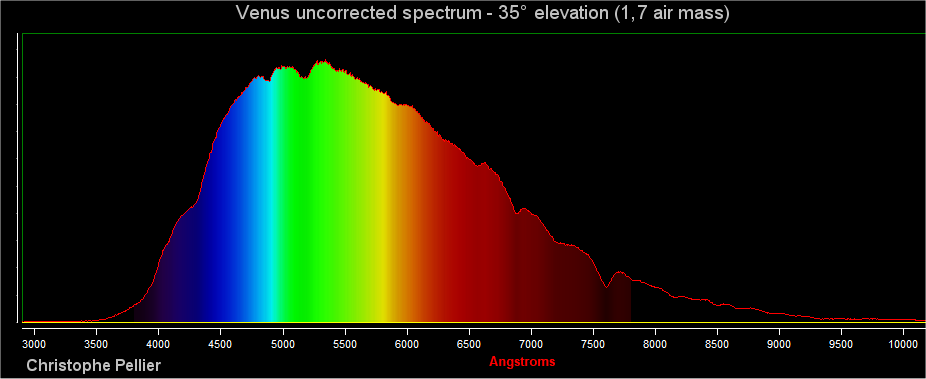
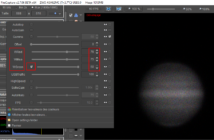
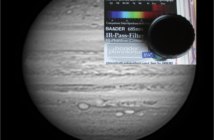
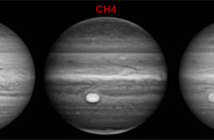
10 Comments
Hello,
That filter presents a significant IR leakage, check here. It would be better to find another… Good UV-pass filters aren’t cheap :/
Especially with the ASI462MC, which is highly sensitive in the IR. Adding an IR-cut filter will cancel both the UV transmission and the IR leakage so it will end with nothing…
UV imaging is really best done with a b&w camera, and a performing UV-pass filter. At least find the filter, it will work with the ASI462MC although the signal will be subdued.
Mono images can be obtained during post-processing under any photo soft. Astrosurface is doing this very well, Registax also.
Hello;
I would like to use a filter;
365nm Zwb2 UG1 filters Visible light.
And I would like to know if I have to use the uv-ir cut filter with this filter with my ZWO462MC camera.
I would also like to know how to get the image in mono with a color camera with this type of filter for Venus.
Greetings
Hi Kwong, one good solution is still to use the W47 with your IR-cut filter, providing it does not cut too much violet light (some recent UV/IR filters block wavelengths shorter than 420 nm, which is a bit too much). The Astronomik L2 is very suitable for this. This solution is still one of the best, it is a good trade-off between contrast/money/optical performance.
Currently some UV filters are available. Especially with a low budget I would recommand the new Baader Johnson U.
Very informative analysis Christophe. But I would struggle to find or afford to buy such filters. Can I get something from a 150mm Newtonian (F=750mm) or a 90mm F10 refractor or a 120mm achromat? Using a uv-ir cut filter?
Thank you. Kwong
Hello Shaunt, thanks! Unfortunately I got the Chroma U too late for the 2020 Venus season (and it’s currently much too low in my sky). However I have used it for Mars and got very nice results. Here is a set taken with a 620 mm Cassegrain: https://www.kwasan.kyoto-u.ac.jp/~cmo/cmons/2020/201018/CPl18Oct20.png
The Chroma Bessel U is just perfect. It’s impossible to get a better UV passband.
Incredible work. I’ve been hunting down an Astrodon to no avail, and luckily stumbled upon your post on cloudynights. Glad I found your blog, because I’m just about ready to order a Chroma Bessel U filter (#27050). Have you got any shots of Venus you’ve taken with one?
thank you Luigi! The Baader UV Venus can work, indeed, there are many images with it.
Christopher,
excellent post!
In the last years i have used the UV Venus Baader with a b&w camera and with my setup (C14 Edge HD) i have obtained good images.
Thanks again for sharing your study.
Hello Avani,
A minus violet filter is exactly the reverse of an UV-pass filter (it passes everything, but UV), so it won’t work for Venus. Such a filter is used to block the short wavelengths (UV, deep blue) when using achromatic refractors, to lower the chromatic aberration.
EXcelente post como sempre.
Tenho um Mimus Violet da Lumicon e não sei bem como irá se portar. Vc tem alguma referência sobre esse filtro para Vênus?
Atenciosamente
Avani